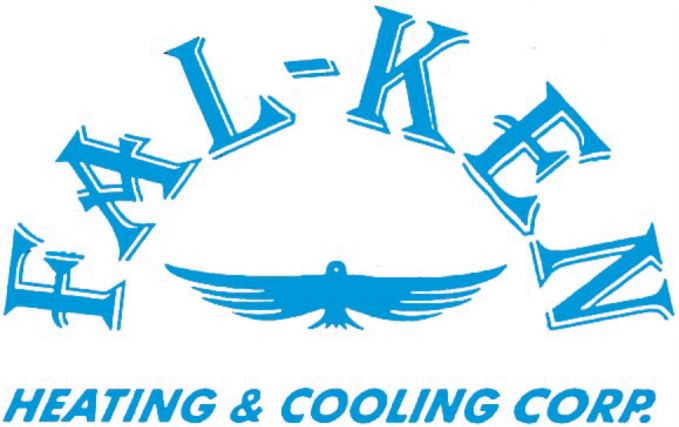
The windows of your home are a portal to the outdoors, a way to allow light in while you appreciate the view of your garden, yard or landscape. The last thing you would want to see is a sweaty window plastered in a film of condensation.
Not only are windows covered in condensation unappealing, they also can be evidence of a larger air-quality deficit within your home. Thankfully, there’s multiple things you can attempt to correct the problem.
What Creates Sweating along Windows
Condensation on the inner layer of windows is produced by the damp warm air inside your home hitting the cold surface of your windows. It’s especially common during the winter when it’s much cooler outside than it is inside your home.
Inside Moisture vs. In Between Panes
When talking about condensation, it’s important to recognize the distinction between moisture on the inside of your windows compared to moisture in between the windowpanes. One is an indoor air quality issue and the other is a window issue.
- Moisture on the inside of a window is produced from the warm humid air inside your home collecting along the glass.
- The moisture you see between windowpanes is formed when the window seal fails and moisture seeps between the two panes of glass, and at that point the window has to be repaired or replaced.
- Condensation in the windows isn’t a window problem and can instead be solved by fine-tuning the humidity inside your home. Numerous things cause humidity in a home, such as showers, cooking, bathing or even breathing.
Why Sweating Windows Could Mean Trouble
Though you might think condensation in your windows is a cosmetic issue, it may also be indicating your home has excess humidity. If that’s the case, water could also be accumulating on window frames, cold walls or other surfaces. Even a thin film of water can help wood surfaces to mildew or rot over time, fostering the growth of mildew or mold.
How to Decrease Humidity Throughout Your Home
The good news is there are numerous options for eliminating moisture from the air inside your home.
If you have a humidifier running within your home – whether it be a small unit or a whole-house humidifier – lower it further so the humidity inside your home goes down.
If you don’t have a humidifier running and your home’s humidity level is excessive, consider purchasing a dehumidifier. While humidifiers adds moisture into your home so the air doesn’t get too dry, a dehumidifier extracts excess moisture out of the air.
Small, portable dehumidifiers can remove the water from an entire room. However, portable units require emptying out water trays and most often service a somewhat limited area. A whole-house dehumidifier will extract moisture throughout your entire home.
Whole-house dehumidifier systems are regulated by a humidistat, which permits you to establish a humidity level precisely like you would select a temperature via your thermostat. The unit will run immediately when the humidity level exceeds the set level. These systems collaborate with your home’s HVAC system, so you will want to contact experienced professionals for whole-house dehumidifier installation Holbrook.
Additional Ways to Reduce Condensation on Windows
- Exhaust fans. Installing exhaust fans in humidity hotspots including the bathroom, laundry room or above the kitchen range can help by extracting the warm, moist air from these areas out of your home before it can increase the humidity level in your home.
- Ceiling fans. Running ceiling fans can also keep air flowing within the home so humid air doesn’t get trapped in one place.
- Open window treatments. Pulling open the blinds or drapes can reduce condensation by stopping the warm air from being trapped against the windowpane.
By lowering humidity in your home and circulating air throughout your home, you can take advantage of clear, moisture-free windows even in the middle of the winter.
